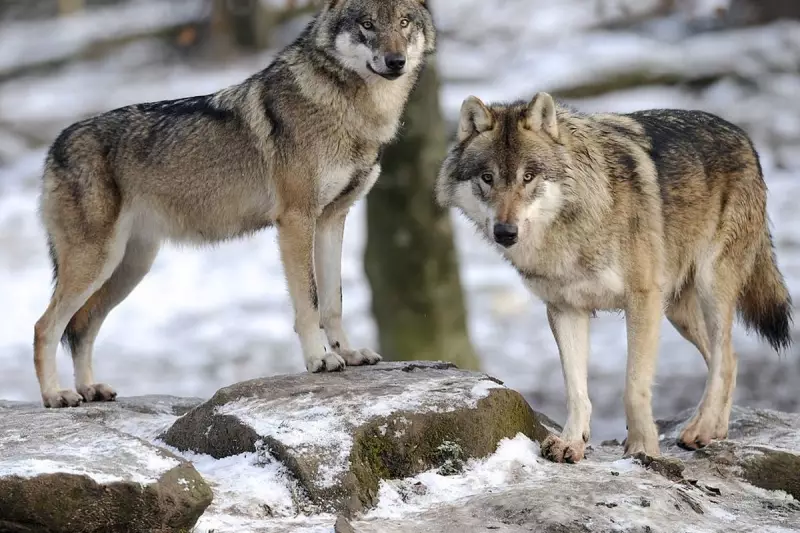
In a conservation success story that's rewriting Europe's ecological narrative, wolf populations are staging an extraordinary comeback across the continent. After being hunted to near extinction by the 1970s, these iconic predators are now reclaiming their ancestral territories from the forests of Germany to the countryside of Denmark.
The Remarkable Return
According to recent data, Europe now hosts approximately 20,000 wolves, with their numbers steadily increasing year after year. This resurgence represents one of the most significant wildlife recovery stories in modern European history. From isolated pockets in remote wilderness areas, wolf packs have expanded their range dramatically, now occupying territories many conservationists once thought permanently lost.
Farmers Sound the Alarm
However, this conservation triumph comes with growing pains. Livestock farmers across Europe report increasing conflicts as wolves venture closer to agricultural land. "We're seeing more incidents each year," explains one Danish farmer. "When you find your sheep torn apart by predators you thought had disappeared generations ago, it's both shocking and devastating for your livelihood."
Political Storm Brewing
The wolves' return has ignited fierce political debates about coexistence and conservation. Some European governments face pressure from agricultural communities to relax protection measures, while conservation groups argue for maintaining the legal safeguards that made the recovery possible. The European Commission has found itself navigating between celebrating an environmental victory and addressing legitimate concerns from rural communities.
Denmark's Delicate Balance
In Denmark, where wolves had been completely absent for over 200 years, the reappearance of breeding packs has created both excitement and anxiety. The country now faces the complex challenge of managing its small but growing wolf population while maintaining social consensus between conservationists, hunters, and farmers.
The Future of Coexistence
Experts suggest that the solution lies in developing more sophisticated coexistence strategies, including better livestock protection measures, compensation schemes for farmers, and public education about wolf behaviour. "This isn't about choosing between wolves and farming," says one wildlife biologist. "It's about finding ways for both to thrive in modern Europe's landscape."
As Europe's wolf populations continue to expand, the continent finds itself grappling with a question few anticipated needing to answer: how to live alongside large predators in the 21st century.





